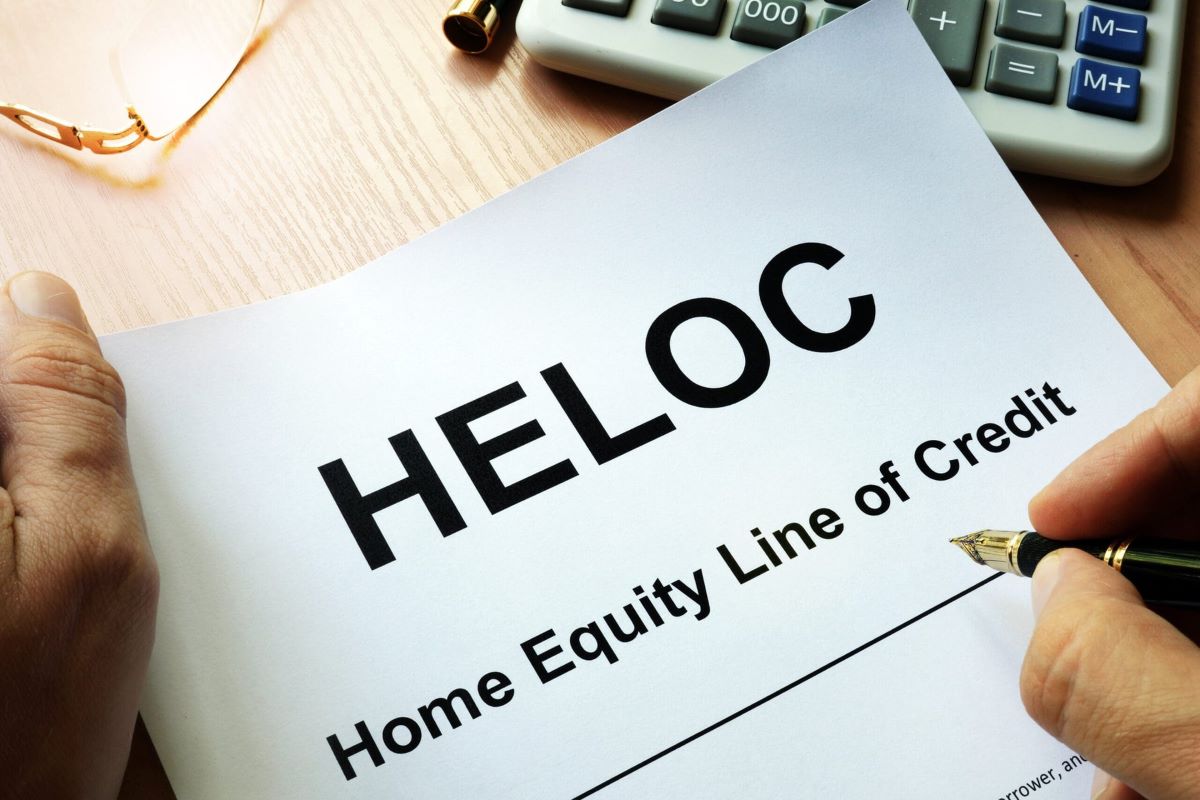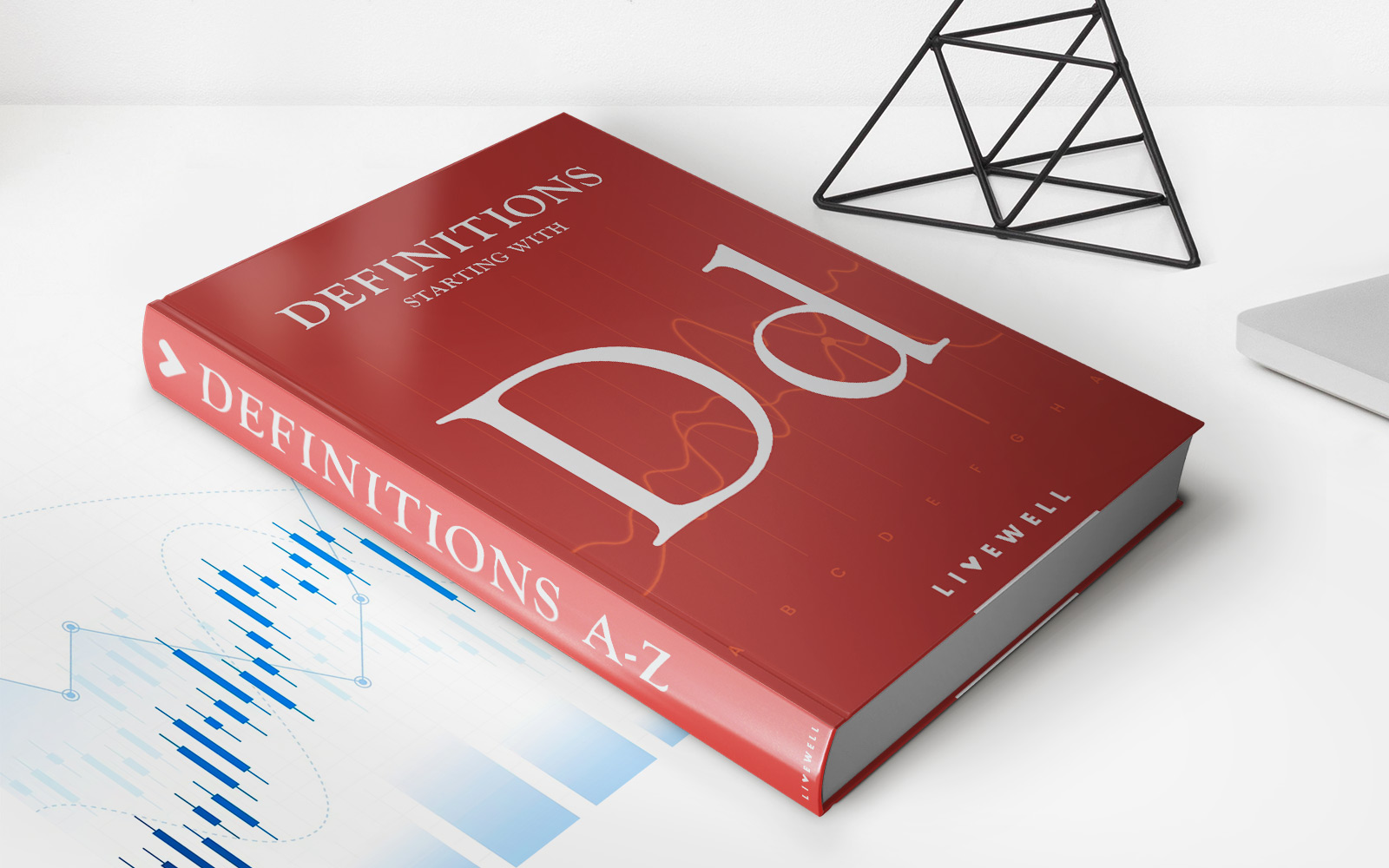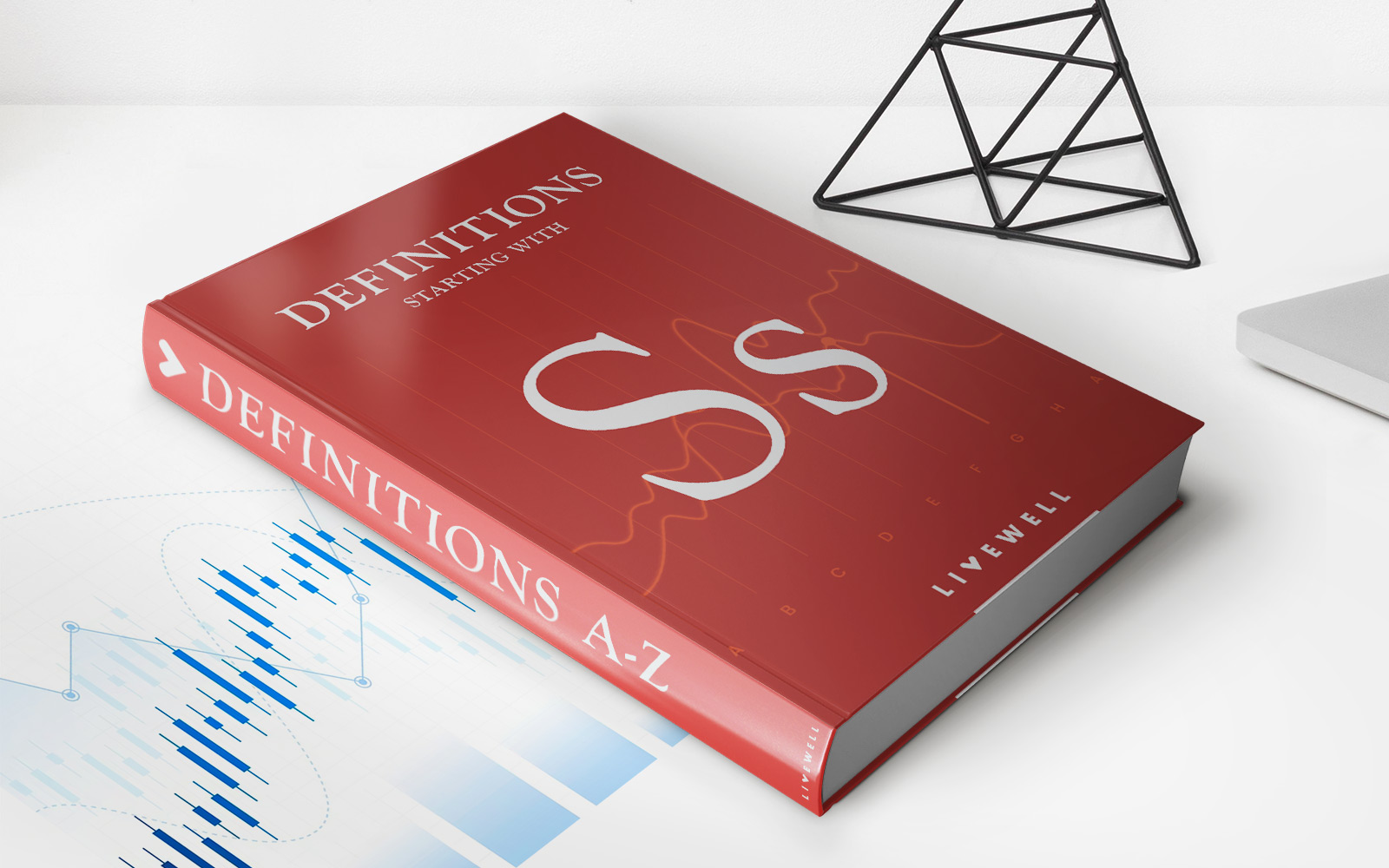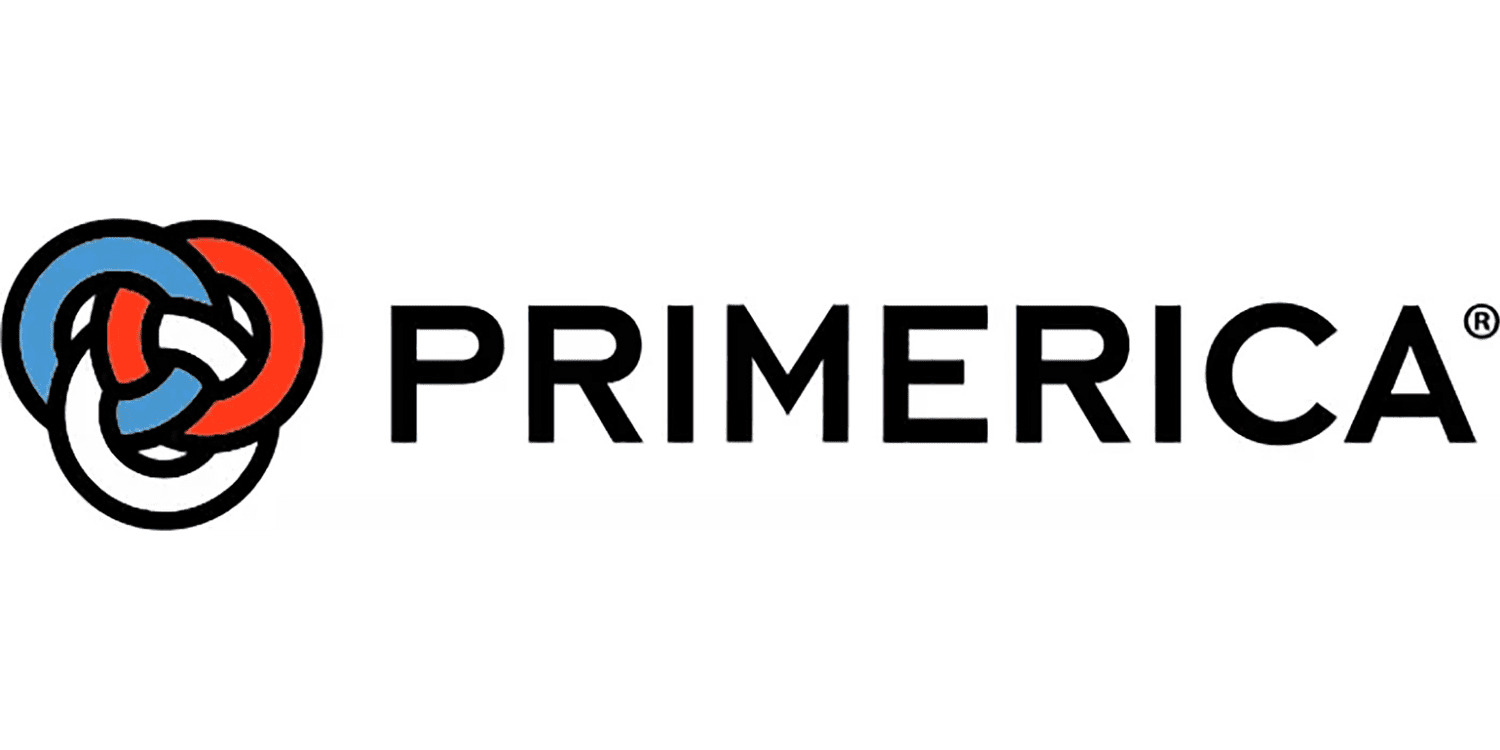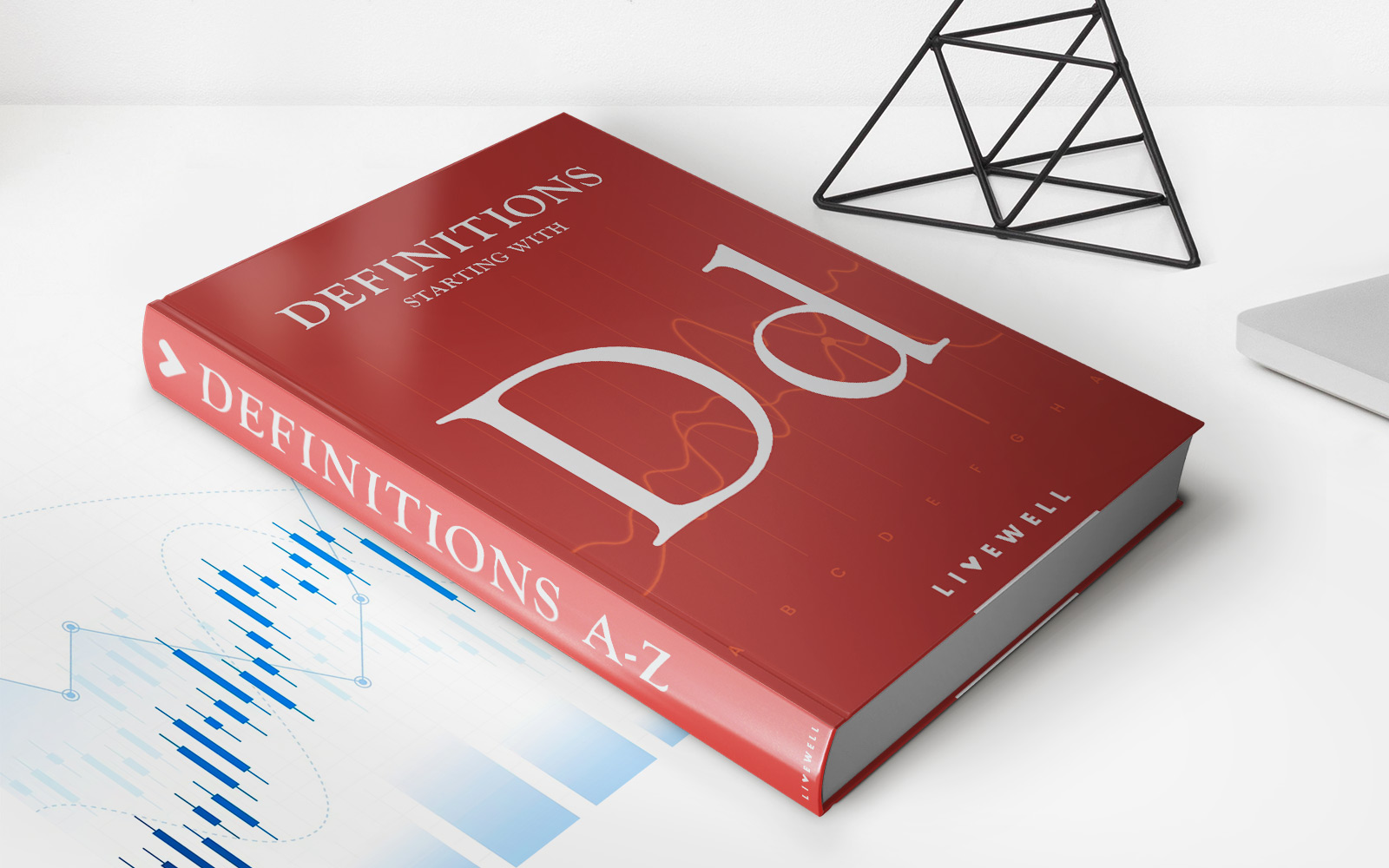Home>Finance>How Is The Minimum Payment Calculated On A Home Equity Line Of Credit


Finance
How Is The Minimum Payment Calculated On A Home Equity Line Of Credit
Published: February 27, 2024
Learn how the minimum payment on a home equity line of credit is calculated and manage your finances wisely. Understand the key factors and make informed decisions.
(Many of the links in this article redirect to a specific reviewed product. Your purchase of these products through affiliate links helps to generate commission for LiveWell, at no extra cost. Learn more)
Table of Contents
Introduction
In the realm of personal finance, home equity lines of credit (HELOCs) serve as valuable resources for homeowners seeking to leverage the equity in their homes. This flexible form of borrowing allows individuals to access funds based on the value of their property, providing a lifeline for various financial needs, such as home renovations, debt consolidation, or unexpected expenses. While the allure of a HELOC lies in its accessibility and potential for financial relief, it is crucial for borrowers to comprehend the intricacies of this financial instrument, particularly the calculation of the minimum payment.
Understanding how the minimum payment on a HELOC is determined is essential for borrowers to effectively manage their financial obligations and make informed decisions regarding their borrowing behavior. This article aims to demystify the process of minimum payment calculation on a home equity line of credit, shedding light on the factors that influence this computation and providing valuable insights into managing HELOC payments effectively. By delving into the nuances of minimum payment determination and offering practical tips for borrowers, this article seeks to empower individuals with the knowledge needed to navigate the complexities of HELOCs and maintain sound financial health.
Understanding Home Equity Lines of Credit
Home equity lines of credit (HELOCs) are financial products that enable homeowners to tap into the equity they have built in their properties. Unlike traditional loans or mortgages, a HELOC operates as a revolving line of credit, offering borrowers the flexibility to withdraw funds as needed, up to a predetermined credit limit. This feature makes HELOCs a versatile tool for addressing various financial needs, from funding home improvement projects to covering educational expenses or consolidating high-interest debts.
One of the key attractions of a HELOC is its accessibility, allowing homeowners to leverage the equity in their properties without the need to refinance their existing mortgage. Moreover, the interest on a HELOC may be tax-deductible if the funds are used for home improvements, making it an attractive financing option for individuals seeking to enhance their residences while potentially reducing their tax burden.
HELOCs typically consist of two main phases: the draw period and the repayment period. During the draw period, which can last for several years, borrowers have the flexibility to withdraw funds from the line of credit as needed, making minimum payments based on the interest accrued. Once the draw period concludes, the repayment period commences, requiring borrowers to repay both the principal and interest on the outstanding balance. This transition marks a critical juncture for HELOC borrowers, as their minimum payments may increase significantly, necessitating a thorough understanding of the minimum payment calculation process.
It is essential for homeowners considering a HELOC to weigh the benefits and risks associated with this financial product. While a HELOC can provide much-needed liquidity and financial flexibility, it also entails the potential for increased debt and financial strain if not managed prudently. By comprehending the fundamental principles of HELOCs and the factors influencing minimum payment calculation, borrowers can make informed decisions regarding their financial well-being and effectively harness the potential of this powerful financial tool.
Factors Affecting Minimum Payment Calculation
When it comes to home equity lines of credit (HELOCs), the calculation of the minimum payment is influenced by various factors that can significantly impact a borrower’s financial obligations. Understanding these factors is crucial for homeowners seeking to manage their HELOC payments effectively and avoid potential financial pitfalls. Below are the key elements that influence the determination of the minimum payment on a HELOC:
- Outstanding Balance: The amount of funds borrowed from the HELOC, known as the outstanding balance, plays a pivotal role in minimum payment calculation. As the outstanding balance fluctuates due to withdrawals and repayments, the minimum payment may adjust accordingly, impacting the borrower’s monthly financial commitments.
- Interest Rate: The interest rate attached to a HELOC directly affects the cost of borrowing and, consequently, the minimum payment. Fluctuations in interest rates can lead to changes in the minimum payment amount, potentially influencing a borrower’s ability to manage their financial obligations.
- Repayment Period: The transition from the draw period to the repayment period marks a critical juncture in a HELOC’s lifecycle. During the draw period, borrowers may be required to make minimum payments based solely on the accrued interest. However, as the repayment period commences, the minimum payment calculation typically encompasses both the interest and a portion of the principal, potentially increasing the monthly payment amount.
- Loan Terms and Conditions: The specific terms and conditions outlined in the HELOC agreement, including any provisions for interest-only payments or fixed-rate options, can impact the minimum payment calculation. Borrowers should carefully review the terms of their HELOC to gain clarity on how these factors influence their minimum payment obligations.
- Regulatory Requirements: Regulatory guidelines and lender-specific policies may also influence the minimum payment calculation on a HELOC. Compliance with regulatory standards and adherence to lender-imposed criteria can shape the structure of minimum payments, underscoring the importance of staying informed about the governing rules and regulations.
By comprehending the interplay of these factors, HELOC borrowers can gain insight into the dynamics shaping their minimum payment obligations. Moreover, this understanding equips homeowners with the knowledge needed to anticipate potential changes in their financial commitments and proactively manage their HELOC payments in a prudent and informed manner.
How Is the Minimum Payment Calculated?
The calculation of the minimum payment on a home equity line of credit (HELOC) involves a multifaceted process that takes into account several key components. While specific methods may vary among lenders, the fundamental principles underlying minimum payment determination generally revolve around the interplay of the outstanding balance, interest rate, and repayment period. Understanding how these elements converge to shape the minimum payment calculation is essential for HELOC borrowers to navigate their financial responsibilities effectively.
Typically, during the draw period of a HELOC, borrowers are required to make minimum payments based on the accrued interest, with the option to pay down the principal voluntarily. This interest-only payment approach allows for lower initial monthly payments, providing borrowers with greater financial flexibility. However, as the draw period concludes and the repayment period commences, the minimum payment calculation often expands to encompass both the interest and a portion of the principal, resulting in an increase in the monthly payment amount.
The minimum payment on a HELOC is commonly determined based on a percentage of the outstanding balance, incorporating the interest accrued over the billing period. This percentage may vary depending on the terms of the HELOC agreement and the lender’s policies. As the outstanding balance fluctuates due to withdrawals, repayments, and changes in the interest rate, the minimum payment amount may adjust accordingly, reflecting the evolving financial obligations of the borrower.
Moreover, the interest rate attached to the HELOC significantly influences the minimum payment calculation. Fluctuations in the interest rate can lead to adjustments in the minimum payment amount, impacting the borrower’s monthly financial commitments. Borrowers should remain vigilant about changes in the interest rate and assess the potential implications for their minimum payments, enabling them to proactively manage their financial obligations and budget accordingly.
It is important for HELOC borrowers to review the terms and conditions of their agreements to gain clarity on the specific methodology employed by their lenders to calculate the minimum payment. By familiarizing themselves with the intricacies of the minimum payment determination process, borrowers can make informed decisions regarding their financial management and develop strategies to handle their HELOC payments effectively.
Ultimately, a comprehensive understanding of how the minimum payment on a HELOC is calculated empowers borrowers to navigate the complexities of this financial instrument with confidence, enabling them to maintain sound financial health and make informed decisions regarding their borrowing behavior.
Tips for Managing Home Equity Line of Credit Payments
Effectively managing home equity line of credit (HELOC) payments is crucial for maintaining financial stability and harnessing the benefits of this flexible borrowing tool. By implementing prudent financial strategies and staying proactive in their approach, HELOC borrowers can navigate their payment obligations with confidence and mitigate potential challenges. Here are valuable tips for managing HELOC payments:
- Monitor Interest Rate Fluctuations: Stay vigilant about changes in the interest rate attached to your HELOC. Fluctuations in the interest rate can impact the minimum payment amount, potentially influencing your monthly financial commitments. Being aware of these changes enables you to adjust your budget and financial planning accordingly.
- Create a Repayment Plan: Develop a clear repayment plan to address both the interest and the principal during the repayment period of your HELOC. By outlining a structured approach to paying down the outstanding balance, you can effectively manage your minimum payments and work towards reducing your overall debt burden.
- Explore Payment Flexibility: Some HELOC agreements offer payment flexibility, allowing borrowers to make additional payments towards the principal voluntarily. Leveraging this option can expedite the reduction of your outstanding balance and potentially decrease the overall interest costs over time.
- Review Your Budget Regularly: Regularly assess your budget to accommodate changes in your minimum HELOC payments. As the outstanding balance and interest rate fluctuate, your minimum payment amount may adjust. Adapting your budget to reflect these changes ensures that you can meet your financial obligations consistently.
- Utilize Funds Wisely: Exercise prudence in utilizing the funds accessed through your HELOC. Consider directing the funds towards investments or expenses that can potentially generate long-term value, such as home improvements or educational endeavors, rather than discretionary or short-term expenses.
- Seek Financial Guidance: If you encounter challenges in managing your HELOC payments or require clarity on the terms of your agreement, seek guidance from financial advisors or housing counselors. Their expertise can provide valuable insights and strategies for effectively managing your HELOC obligations.
- Stay Informed About Regulatory Changes: Keep abreast of regulatory developments and changes in lending practices that may impact HELOCs. Understanding the evolving regulatory landscape empowers you to make informed decisions and adapt your financial management strategies accordingly.
By incorporating these tips into your financial management approach, you can navigate the complexities of managing HELOC payments with confidence and prudence. Effectively managing your HELOC not only ensures financial stability but also empowers you to leverage the potential benefits of this valuable financial resource while maintaining sound financial health.
Conclusion
Home equity lines of credit (HELOCs) represent a versatile financial tool that empowers homeowners to leverage the equity in their properties for various financial needs. Understanding the intricacies of HELOCs, including the calculation of the minimum payment, is essential for borrowers to navigate their financial responsibilities effectively and maintain sound financial health. By delving into the factors influencing minimum payment calculation and offering practical tips for managing HELOC payments, this article has aimed to provide valuable insights into the dynamics of this financial instrument.
Comprehending the interplay of factors such as the outstanding balance, interest rate, repayment period, and loan terms is pivotal for HELOC borrowers seeking to manage their minimum payments prudently. By staying informed about changes in the interest rate, creating structured repayment plans, and exploring payment flexibility, borrowers can effectively navigate their HELOC obligations and work towards reducing their outstanding balances. Moreover, exercising prudence in utilizing HELOC funds and seeking financial guidance when needed can contribute to sound financial decision-making and long-term stability.
As borrowers strive to manage their HELOC payments effectively, staying proactive and adaptable in their financial planning is paramount. Regularly reviewing budgets, monitoring regulatory changes, and seeking expert guidance when necessary can empower borrowers to address their financial obligations with confidence and foresight. By implementing these strategies and leveraging the flexibility of HELOCs judiciously, homeowners can harness the potential benefits of this financial resource while maintaining disciplined financial management.
In conclusion, a comprehensive understanding of the factors influencing minimum payment calculation and prudent financial strategies are instrumental in effectively managing home equity line of credit payments. By embracing these principles, borrowers can navigate the complexities of HELOCs with confidence, ensuring sound financial health and leveraging the potential of this valuable financial tool.




